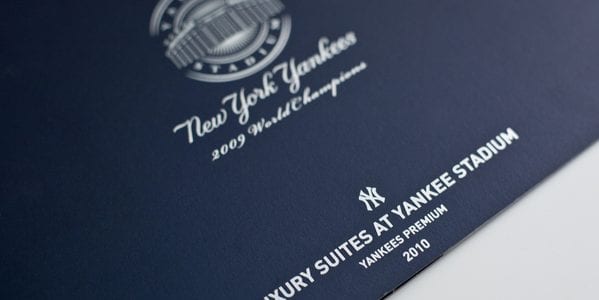by Kelly Cheeseman – September 2013
When the NHL announced in May that they will be expanding their highly successful outdoor game concept showcased by their New Year’s day Winter Classic, many critics asked how much is too much? I’d like to think of it as stepping outside the box, since so much of what we do is focused on what goes on inside a big box we call our arena.
With the announcement of the Stadium Series presented by Coors Light, the NHL will be adding 5 additional games to the lineup. Gary Bettman was noted as saying,
 “The reason we’re doing more outdoor games is really what it’s now doing locally,” Bettman said. “This is an incomparable event and what happens is fans get connected to the game in ways they never imagined, we get new fans who, for the first time, will come and be a part of this. This is a fan-oriented, fan-driven event, and that’s why we’re doing so many games so we can bring it to more fans.” (Thursday, 08.08.2013 / 4:55 PM / The Canadian Press)
“The reason we’re doing more outdoor games is really what it’s now doing locally,” Bettman said. “This is an incomparable event and what happens is fans get connected to the game in ways they never imagined, we get new fans who, for the first time, will come and be a part of this. This is a fan-oriented, fan-driven event, and that’s why we’re doing so many games so we can bring it to more fans.” (Thursday, 08.08.2013 / 4:55 PM / The Canadian Press)
Outdoor Hockey in LA
If you were in LA looking for an outdoor venue for hockey, where would you look? What about Dodger Stadium?
- Opened April 10, 1962; the third-oldest continually used park in Major League Baseball.
- Hosted more than 147 million fans since it opened
- Hosted eight World Series and close to 4,000 regular-season games.
- Zero hockey games.
With a remarkable view of Chavez Ravine overlooking downtown Los Angeles and the San Gabriel mountains, Dodger Stadium has been called one of the treasured cathedrals of baseball with one of the most unique and picturesque settings in sports. Of course, critics ask how a hockey game is possible in a “warm weather city”? Doesn’t it need to be freezing cold?

The Kings actually have some history with outdoor hockey events. The NHL’s first outdoor game was an exhibition in the parking lot of Caesars Palace in Las Vegas on Sept. 27, 1991. That game took place in 85-degree weather. But, further evidence as to the possibility of this game is simple science. The average high in January in Los Angeles is 68 and the average nighttime low is 48 degrees. Translation? If we play the averages, we are slated to have one of the best settings for a hockey game imaginable. In fact, with a little luck, we’ll have temperatures more pleasurable than a full NHL venue on a game night.
With all of this in mind, when the Los Angeles Kings and Anaheim Ducks were asked to participate in an outdoor game in our market in one of the most iconic and historical venues in the history of our country, Gary Bettman’s words “incomparable”, “innovative”, “fan driven” all came to mind.
Since the arrival of the Kings in Los Angeles in 1967 many stepping stones have been passed to spur the growth of the game on the West Coast:
- The Gretzky trade in 1988,
- The arrival of the San Jose Sharks in 1991,
- The Kings 1993 Stanley Cup Finals participation,
- The arrival of the Anaheim Ducks (also 1993), and
- The marquee moments of Stanley Cup Championships for the Ducks in 2006 and Kings in 2012.
All have lead us to this moment where the Kings and Ducks can showcase the game on one of the most unique stages during the Grammy Awards’ weekend in Los Angeles.
Measures of success
As we plan ahead for this moment in January we often ask ourselves what will be the measuring stick of success for this game? Will it be a sold out venue? Big NBC national ratings?
[dropshadowbox align=”right” effect=”lifted-both” width=”250px” height=”” background_color=”#ffffff” border_width=”1″ border_color=”#dddddd” ]

“This is a credit to our fans and the amazing support they have shown to us and the NHL these past few years. This will be a sporting event like no other that has ever been seen in Southern California and we are proud to be a part of it.” [/dropshadowbox]With this platform these two outcomes are almost certainties. A sell out and a big national rating are almost a given. Broadcast partners indicate an excitement for this game and ticket sales trends are ahead of all historical trends of other outdoor games.
But for us, the growth of the game on the west coast is the most important measuring stick. Big local ratings, attention to the Ducks and Kings Freeway Faceoff rivalry, and the ability for as many hockey and sports fans in Los Angeles to be touched by this game will create the sustainable impact we are looking for short and long term. Plans are still in the works to capitalize on this moment, but these are the objectives we are focused on. We welcome any constructive comments or creative ideas below!
In a game slated to be one of the most historical hockey events ever, the NHL has a chance to garner the attention of the local and national media like never before. As, the host and participating home club, we have a platform to grow the game in a way never available to a market like Southern California.
Cover photo courtesy of Marian Stanton.


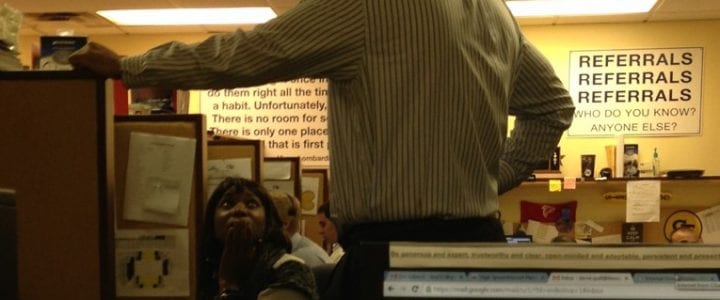
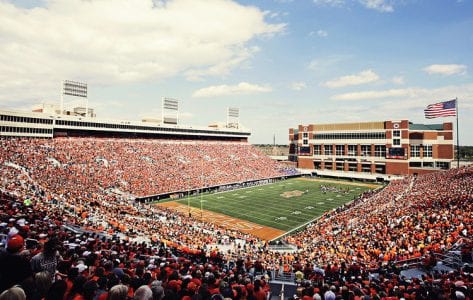






 [/dropshadowbox]asking your sales team what incentives they desire most, you’re accomplishing two things:
[/dropshadowbox]asking your sales team what incentives they desire most, you’re accomplishing two things: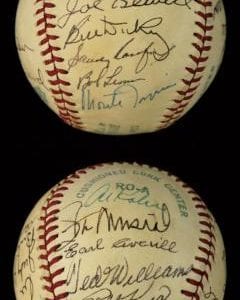

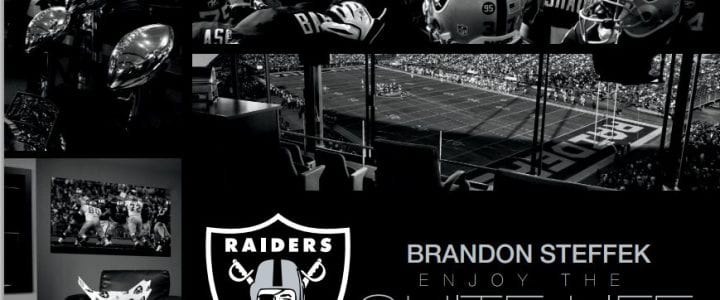




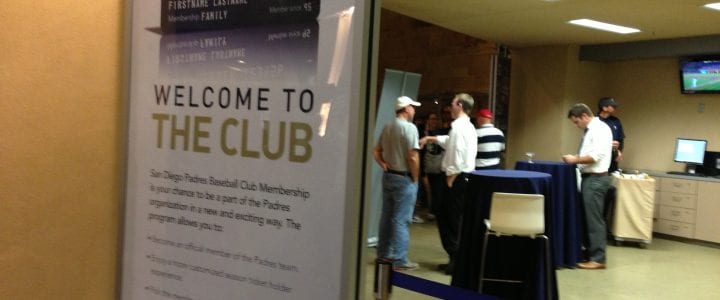


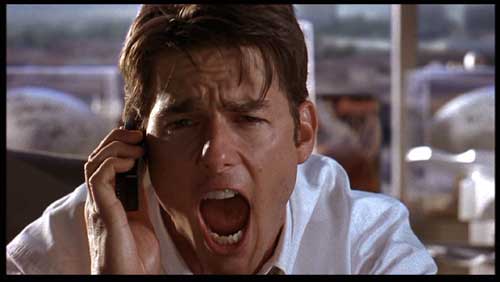

 A commission plan must be consistent year to year and fairly simple to understand. We have made only minor adjustments over the last 12 years.
A commission plan must be consistent year to year and fairly simple to understand. We have made only minor adjustments over the last 12 years. ~
~ 
